In addition to providing honest advice, we at AskHELTIE believe it's important to have a wealth of information available for horse owners. This way, you can expand your knowledge and help your horse to the best of your ability. Together, we ensure that horses come a little closer to nature.
Skin
Mites
Welfare
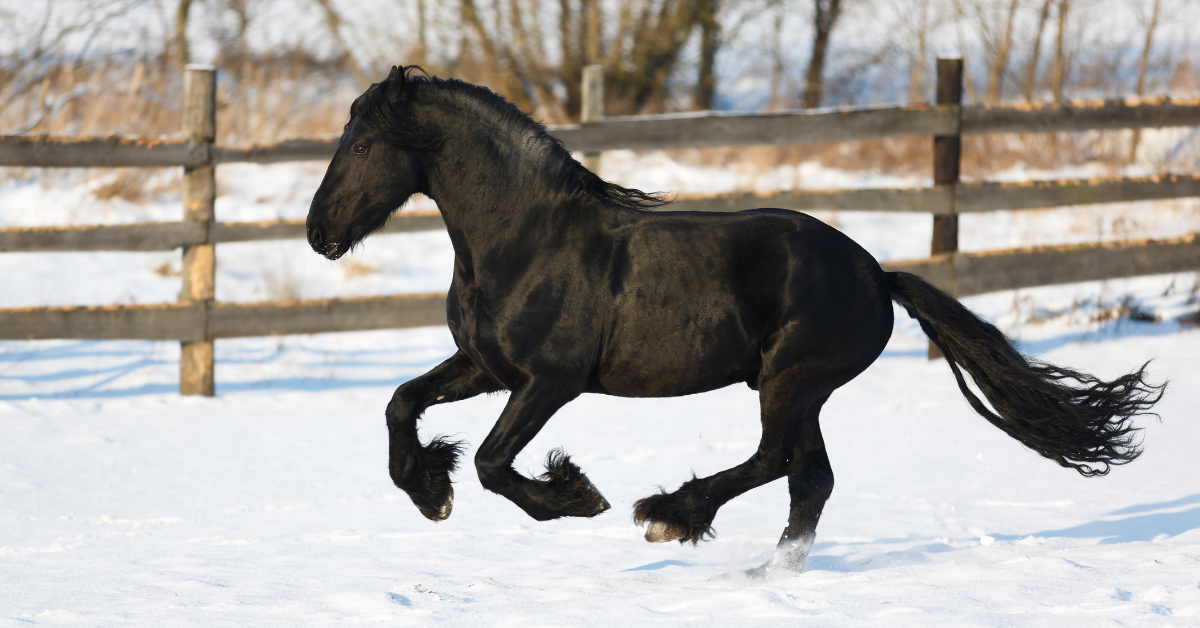
Mud fever in horses – should you clip the feathering or not?
Horses with long feathering are especially prone to mud fever and other skin problems. The long hair makes it difficult to properly monitor the skin underneath and also provides an ideal hiding place for parasites such as mites. At the same time, feathering is beautiful and characteristic of many horses. So the question is: should the feathering be removed when a horse has mud fever?. Mud fever is a collective term for scabs, flakes, swelling and sometimes painful sores on the lower leg and in the pastern area of the horse. It can be caused by prolonged exposure to mud and wet conditions, which weaken the skin and allow bacteria to cause infections. Internal waste products and metabolic imbalance are also major contributing factors. In some cases, a mite infestation plays a role as well. Mites weaken the skin structure of the lower legs, making infections more likely. When th...
Skin
Mites
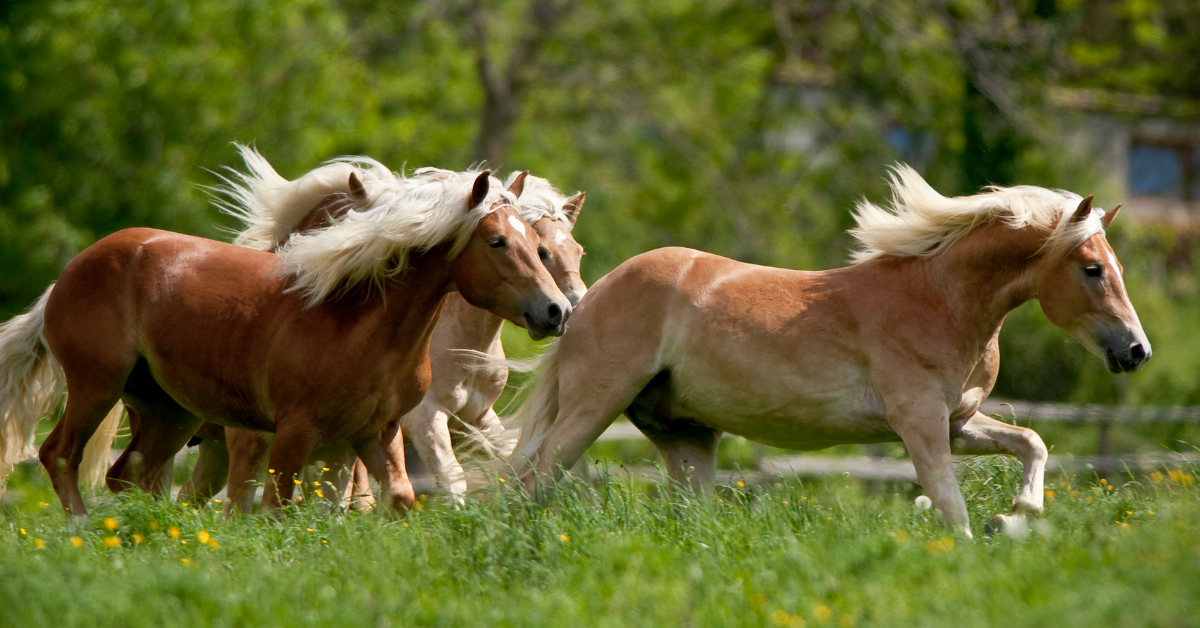
Do only horses with feathering suffer from mites?
Mites are troublesome parasites that can cause a lot of discomfort for horses. The most well-known are leg mites, which are commonly found in horses with heavy feathering, such as draft horses and Friesians. However, horses without feathering can also suffer from a mite infestation!. Not only horses with feathering are affected by mites. Mites can infest all horses, regardless of coat colour or markings. In fact, they are sometimes easier to spot on light-coloured coats or on areas with little hair, such as the legs of a warmblood. Nevertheless, mites occur more frequently in horses with a lot of hair on their legs. Mites thrive in warm, moist environments, and thick feathering provides the perfect hiding place. Additionally, a mite infestation is often detected later in hor...
Skin
Others

What is the function of feathers in horses?
Some horses have thick feathers on their legs. Some people find this beautiful, while others prefer horse legs to be as bare as possible. But do these feathers actually serve a purpose? And why are they sometimes so thick? You can read all about it in this article.. Feathers are the long hairs that grow on the back of a horse’s lower legs, just above the pastern and the hoof. These hairs are also known as “feathering” or “leg hair.” They mainly occur in certain breeds, such as draft horses and Friesians. In some cold-blooded breeds, the feathers start halfway down the lower legs and can become very dense. Often, the feathers are darker in color than the rest of the coat. Why do horses have feathers? Feathers have a natural function: they protect the lower l...
Hooves
Others
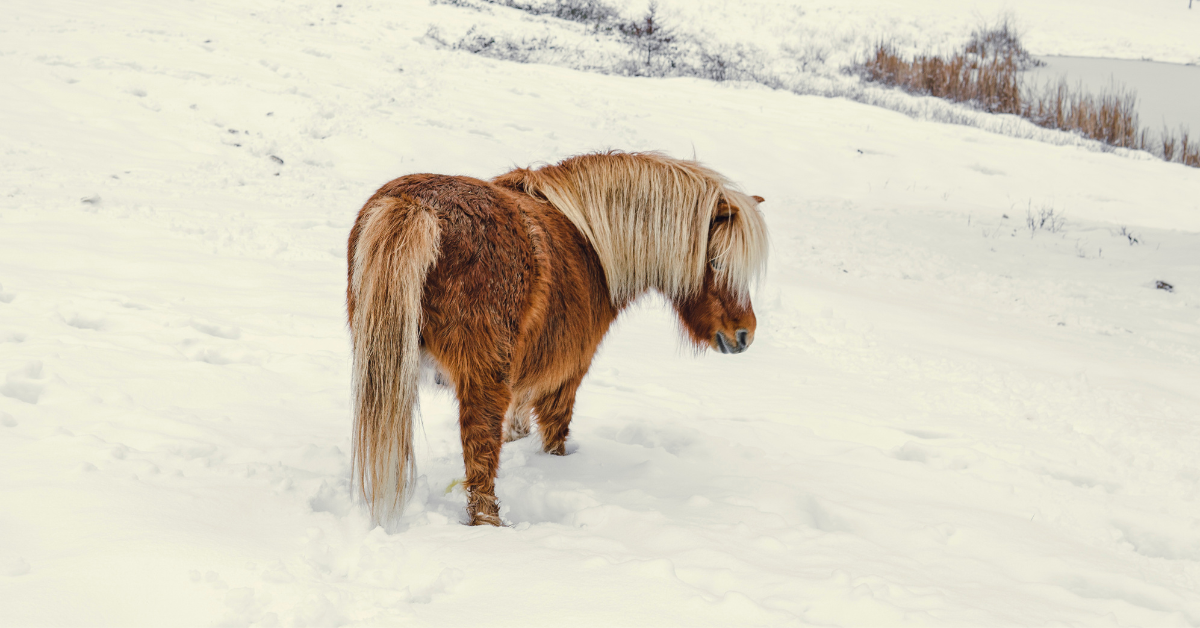
How do you care for your horse’s feathers?
Feathers on a horse can look beautiful and are very characteristic for many breeds. However, to prevent skin problems, mites, or infections, they do require proper care. What is the best way to do this?. It is always advisable to regularly check the lower legs of a horse with feathers thoroughly. Brush and comb the hair well and inspect the skin in the pastern area and underneath the feathers. Problems in these areas are easily overlooked. Washing and greasing? You can wash the feathers occasionally with a mild horse shampoo, but do not do this too often. Excessive washing with soap can make the skin under the feathers more sensitive and removes the natural protective oils. It is especially impo...
Behaviour
Welfare
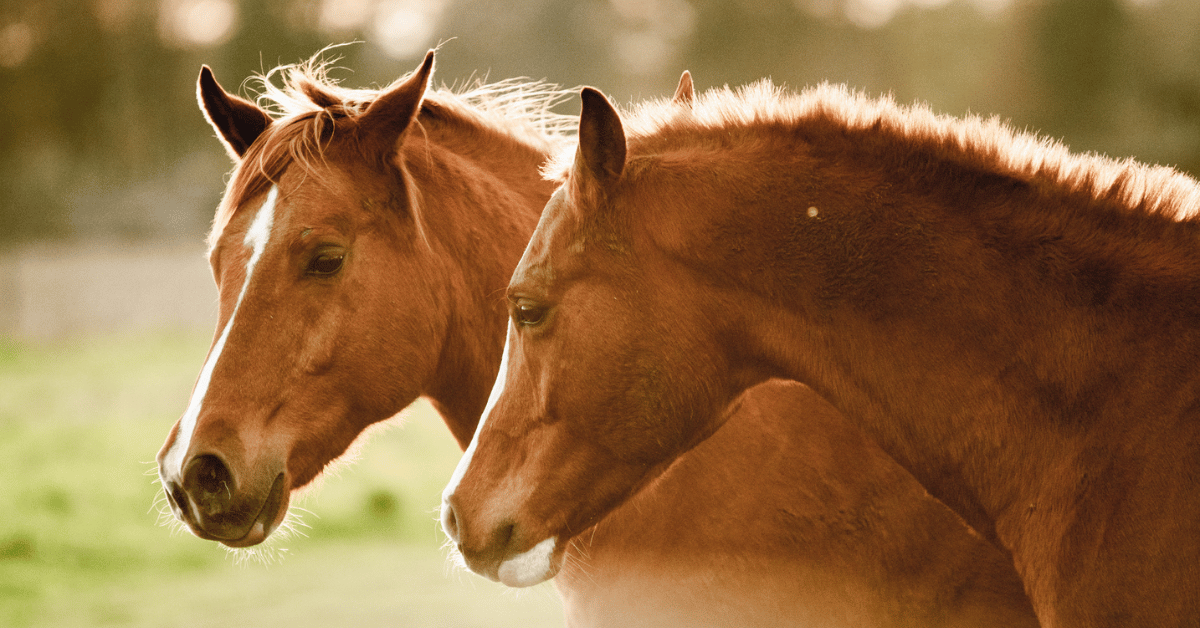
Is Your Horse an “Internalizer”?
Some horses clearly show when they feel stress or discomfort: they become nervous, fidgety, or restless. But there is another group that does the opposite. They tend to keep their emotions and stress inside. These horses are called “internalizers.” They are less obvious, but still need support. In this post, you’ll learn how to recognize an internalizer, which breeds may be more prone, and what you can do as an owner.. What is an internalizer? An internalizer is a horse that does not visibly show stress, tension, or discomfort. Instead of acting nervous, restless, or explosive, they display subtle or minimal reactions. These horses react internally: muscles tense up, they become quieter, eat less or more, or appear “well-behaved,” even though a lot is happening internally. Typical signs of an internalizer: Calm or withdrawn behavior in stressful situations Few visible stress signals, but increased muscle tensi...
Feeding
Resistance
Sea buckthorn

Omega-7 in Sea Buckthorn: Why This Powerful Fatty Acid Is So Valuable for Horses
Sea buckthorn is known as one of the richest natural sources of omega-7. This unique fatty acid is rarely found in other plants and offers specific benefits for the skin, mucous membranes, and the body’s recovery capacity. But what exactly does omega-7 do for horses? And why is sea buckthorn the most natural way to provide this fatty acid? In this text, you’ll learn all about its function, applications, and benefits.. What is omega-7? Omega-7, mainly in the form of palmitoleic acid, is a monounsaturated fatty acid that plays an important role in maintaining healthy skin cells and mucous membranes. In humans, this fatty acid has been valued for years for its supportive effects on the skin, respiratory system, and digestive tract. In horses, omega-7 works in similar ways but is still relatively unknown—unfortunately so, as it can offer significant benefits to the equine body. Sea buckthorn: a unique natural sou...
Skin
Resistance
Sea buckthorn
.png)
When to Use Sea Buckthorn for Horses
Sea buckthorn is a powerful natural ingredient that has become increasingly popular in the equine world in recent years. And for good reason: this plant is packed with antioxidants, vitamins, and fatty acids that can support the body on multiple levels. But when exactly is sea buckthorn beneficial for horses? And why is it preferable to use not only the berries, but also the bark and leaves? This text explains everything you need to know about this versatile herb.. What is sea buckthorn? Sea buckthorn (Hippophae rhamnoides) is a shrub that grows in coastal regions and is known for its bright orange berries. While these berries are rich in nutrients, the bark and leaves also contain valuable bioactive compounds that can support horses. It is precisely this combination of plant parts that makes sea buckthorn so broadly applicable. When is sea buckthorn useful for horses? Immune support Sea buckthorn is well known for its high levels of vitamin C, carotenoids...
Hooves
Clove
Silicon
Diseases
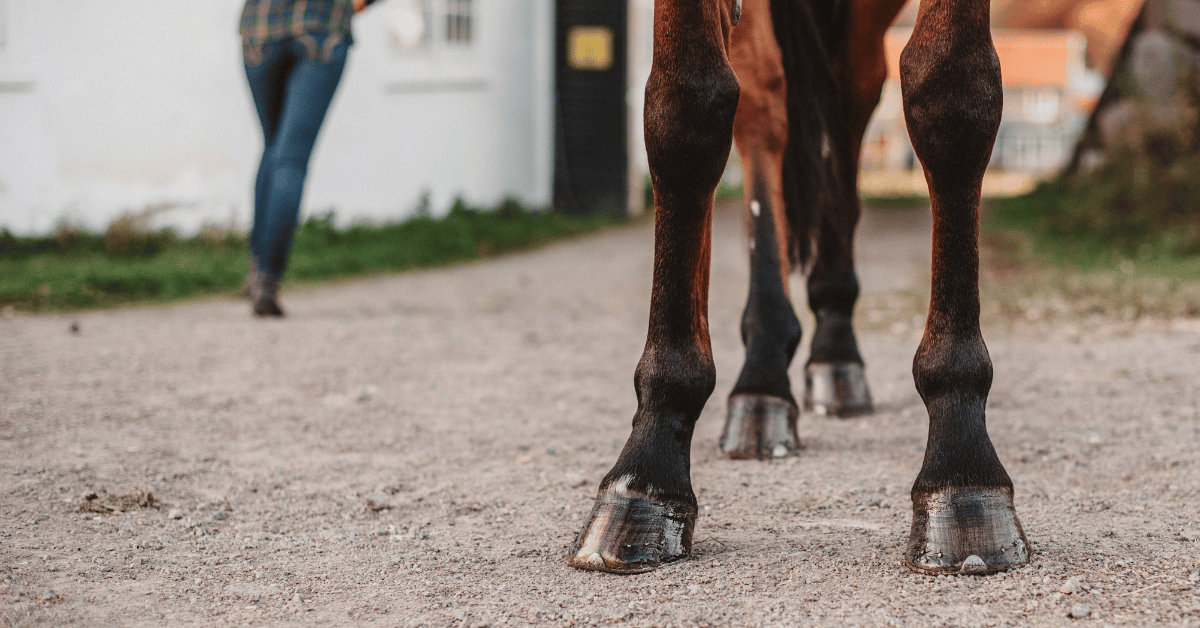
Navicular Disease: What Is It and How Can You Support Your Horse?
Navicular disease is a condition that worries many horse owners. It often causes lameness and reduced performance, sometimes temporarily, sometimes long-term. What exactly is navicular disease, and how can you reduce the risk as much as possible?. Every horse has a navicular mechanism in each hoof. This is not a single bone, but a complex system located in and just above the hoof. It functions like a pulley, distributing the forces placed on the tendons as the deep digital flexor tendon glides over a structure—similar to a pulley system on a boat or crane. What is navicular disease? The navicular apparatus consists of the coffin bone, pastern bone, deep digital flexor tendon, and the back of the navicular bone. A bursa and several support...
Hooves
Welfare
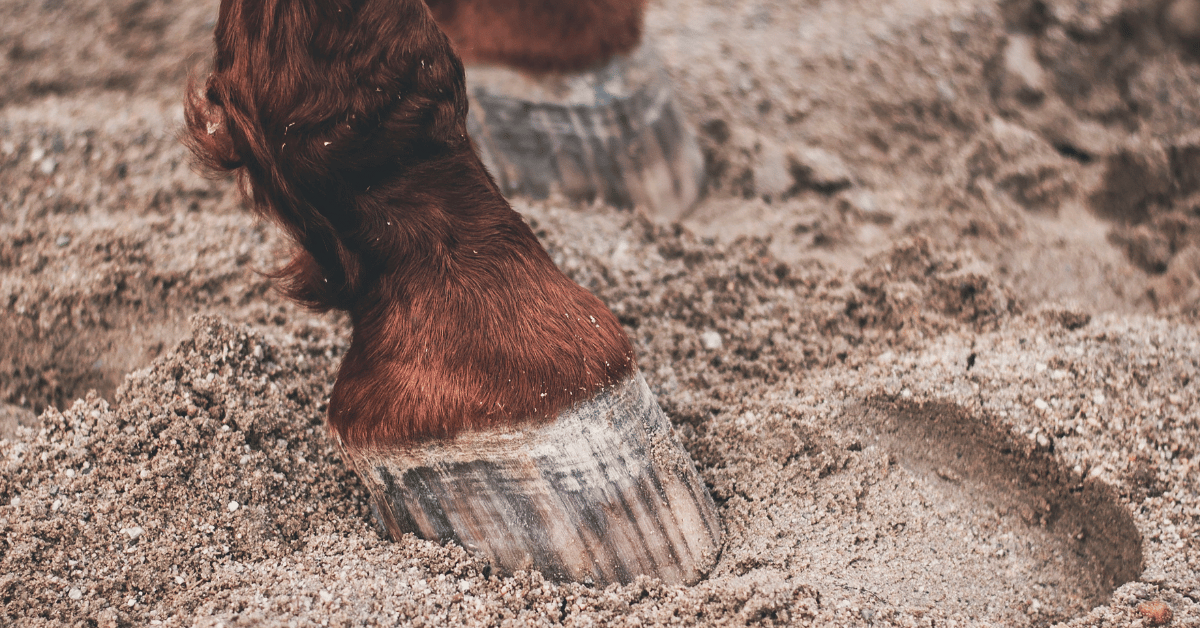
What Do Those Ridges on a Horse’s Hooves Mean?
Sometimes you can see horizontal ridges on the hooves of horses or ponies. Many people worry that this indicates past laminitis. That can be true, but it doesn’t have to be. So what do these ridges really mean, and how can you get a smooth, healthy hoof wall?. The hoof wall grows from top to bottom – from the coronary band just below the last hairs to the sole that touches the ground. It takes around 8 months to a year for a hoof to fully regenerate. Hoof growth problems remain visible for a long time, and improvements are often only noticeable at the bottom – sometimes only after a year. Patience is essential to improve hoof health. Hoof wall movement The hoof wall is 6–12 millimeters thick. The outer surface repels water but is not rigid; it is slig...
Hooves
Diseases
Welfare

Sensitive to Laminitis? Support Your Horse in Winter!
A horse prone to laminitis can experience hoof problems even in the winter months. There are multiple causes, but as an owner, you can take many steps to support your horse during the cold season.. Laminitis is a painful condition, often triggered when a horse consumes sugar-rich grass. However, horses can also be affected in winter – either by “regular” laminitis or winter laminitis. What is winter laminitis? Winter laminitis occurs when cold weather causes blood vessels in the hooves to constrict. Less blood flows to the legs and hooves, and the adrenal glands produce more cortisol, which also constricts blood vessels. In healthy horses, this is usually fine, but older horses (possibly w...
Skin
Others
Welfare
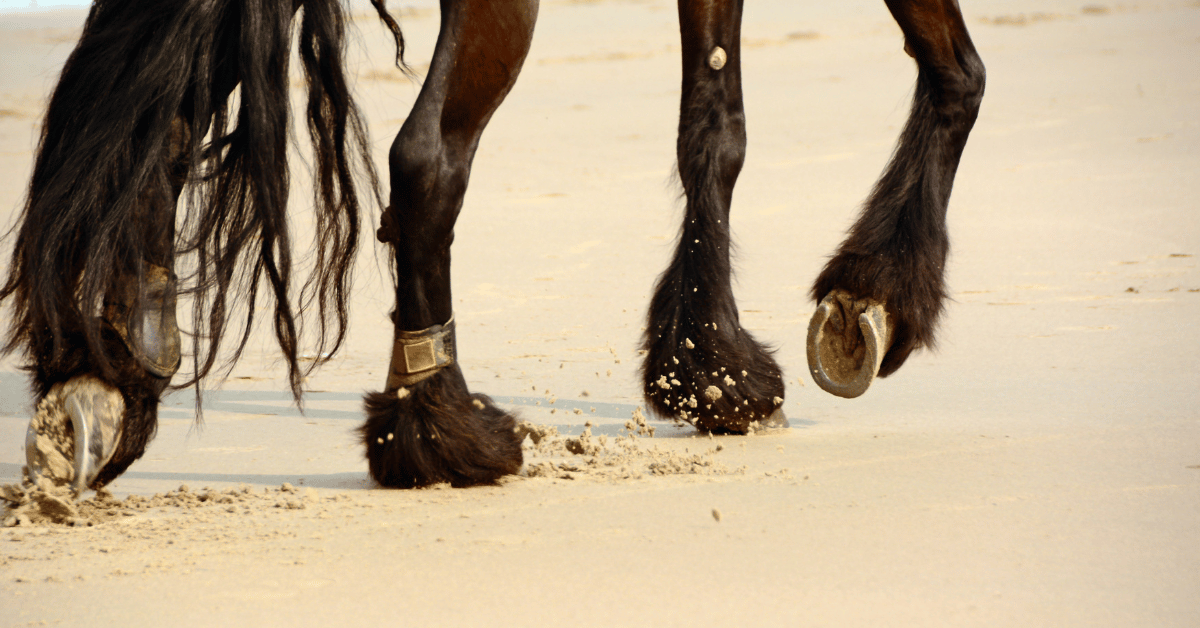
Wet feathers: how wet do they really get?
Among horse owners, there is always debate about whether or not you should clip a horse’s leg feathers. Especially in winter, many choose to clip them to keep the legs dry or to make treatment easier. Some also believe it helps prevent mud fever during the wet months. But what is the actual purpose of feathers, and how bad is it if they get wet and muddy?. Feathers protect the skin from external influences Breeds like Tinkers, draft horses and Friesians are known for their long leg hair. This wasn’t random; it was bred into them because they originally lived in wetter, rougher environments where the feathers served an important purpose. Feathers have several functions: Weather protection: The long hair protects skin and tendons from cold, rain and mud. It keeps moisture out longer so the skin stays warm and dry. Protection from insects and irritat...
Stress

Horse & Fireworks: How to Support Your Horse During Firework Season
New Year’s Eve is festive for many people, but it can be a stressful time for horses. Bright flashes, loud bangs, and the unpredictability of fireworks can cause anxiety. Fortunately, as an owner, you can do a lot to make this period as calm and safe as possible. In this blog, you’ll learn how to support your horse from preparation to aftercare.. Why do horses react strongly to fireworks? Horses are prey animals. Their senses are highly tuned to detect danger. Sudden bangs and flashes can trigger fear or panic. Common reactions include: Restless pacing Excessive sweating Loss of appetite Startle reactions or attempts to flee Increased heart rate and muscle tension It is therefore important to prepare and support your horse in advance. Step 1: Prepare early Desensitization & habituation Some horses respond better to sounds if you star...